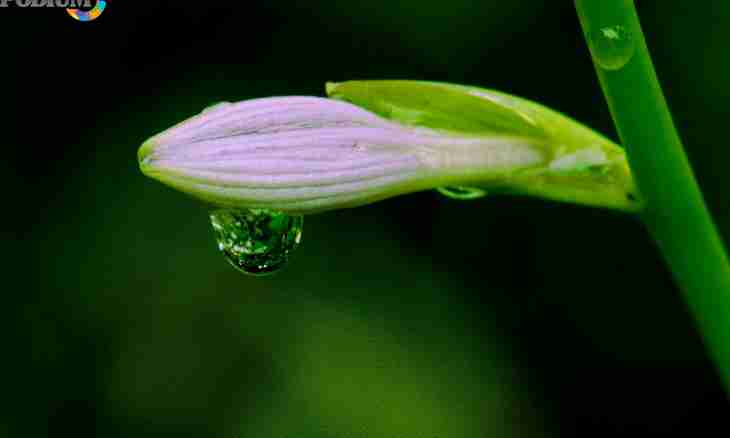The morphological structure of a kidney does not differ in big complexity. The vegetable kidney consists of leaves, flowers and a rudimentary stalk. There are two types of kidneys.
Building and classification
Kidneys on vegetative, or growth, and generative, or flower are subdivided. The vegetative kidney has in the component leaves, and generative - inflorescences or flowers. The bud of a plant is a generative kidney with one flower. There are mixed, vegetative and generative kidneys in which both leaves, and flowers are presented.
Rudiments of leaves are formed on a cone of increase and are located from below up. They grow unevenly and therefore to a top are sprained, forming thus damp space in a kidney. It helps a kidney to prevent damages and drying up. When the kidney begins to reveal, leaves become gradually straight and removed from a stalk. It is connected first of all with the active growth of interstices of a stalk.
On arrangement on a trunk of kidneys it is possible to divide them into side and top. Top, kidneys on the ends of escapes are called terminal, thanks to them the stalk grows. Side kidneys can form the system of escapes. They are called pazushny if grow in bosoms of leaves, and vnepazushny, additional, additional - if are put in other parts of a stalk or on roots. In bosoms of a kidney are located groups or one by one. Vegetative reproduction at korneotpryskovy plants, such as sow-thistle and aspen happens additional kidneys. Escapes develop from additional kidneys which were formed on tree roots. The kidneys sleeping which can remain unsolved very long are characteristic of many plants.
Appearance of kidneys
The bud of a plant most often has a brown, brown or gray color. Many buds of the plants growing in a frigid climate are covered with modified leaves in the form of the scales which are in addition protecting them from damages and cold. Many trees emit the resinous substances improving this protection, it can be observed on the example of a birch, a poplar and a fir-tree. Such kidneys are called closed or protected. Vegetable kidneys which such features as scales, have no are called naked or unprotected. The additional tool of protection can be considered the dense down covering many kidneys. Grassy plants, such as lily of the valley or wheat grass, have the wintering kidneys which are located on underground escapes or in the lower part of elevated escapes at the soil. Because of such placement the kidney transfers temperature fluctuations. At such plants as cacti the appearance and the structure of a kidney are absolutely unlike traditional. Buds of a cactus are called auras and consist of the modified scales needles performing protective functions.
